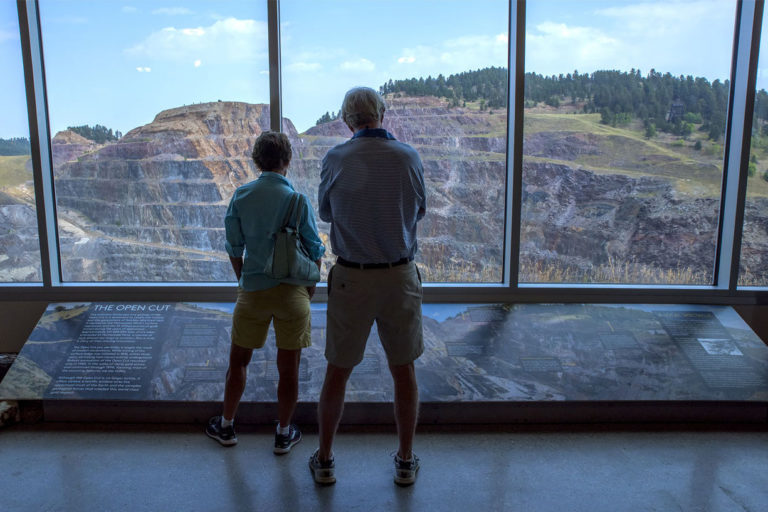Why is the underground study of neutrinos important?
A lab beneath thousands of feet of rock provides a protective shield against the cosmic rays that constantly shower down on Earth, interfering with sensitive astrophysics and nuclear detection experiments. Neutrino researchers, physicists, and geologists need to be approximately a mile below the surface of the Earth to properly study the tiny particles which allow the sun to burn as well as “at home” factors including the flow of groundwater and microorganisms deep inside the Earth.
If approved and built, a lab could bring the United States firmly to the forefront of underground research – regaining leadership it first claimed three decades ago at Davis’ Homestake lab. Now, physicists from the United States interested in cutting-edge underground particle research have to travel to other countries.
The National Science Foundation (NSF) has been drafting a plan to build such a facility, the first of its kind in the world, to answer some of the questions raised by our interactions with these microscopic elements. The cost of such a lab as envisioned by the NSF has been projected in the hundreds of millions of dollars, and construction could begin as early as 2008. This would be in addition to other ongoing neutrino research by the NSF and other organizations around the globe.
The Homestake Collaboration (the scientists supporting the underground Homestake lab) and officials from the State of South Dakota have worked diligently to promote an interim lab to those whose proposals call for the underground study possible there, including the NSF. Only Homestake and the Henderson Mine in Colorado remain in the running for the NSF deep underground lab (DUSEL).
Based on the South Dakota Legislature’s appropriation of nearly $20 million in development funds in October of 2005, an interim lab facility at the 4,850-foot underground level at Homestake has been brought much closer to reality.
The long-range impact of the lab, if and when it comes to Homestake, would spill over into the educational, scientific literacy, and tourism sectors in the Black Hills area. The potential of international scientists and researchers utilizing and visiting the facility is also an exciting facet of the proposal.
On July 10, 2007, the NSF announced that Homestake was chosen as the preferred site for the DUSEL project over other locations considered in Colorado, Washington, and Minnesota.

